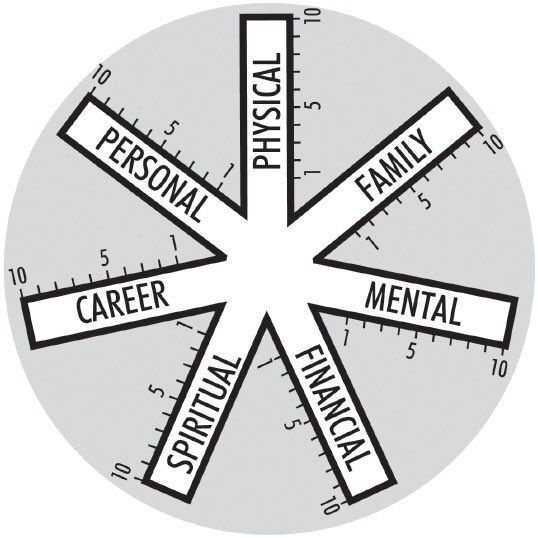The Power of Referrals: Why Relationships Matter and Price Won’t
If you aren’t able or willing to be the least important person in the conversation you will fail miserably at most things in life whether it be sales or relationships.
What’s the price? That’s a common question that you will hear during a sales call, but quite frankly, often the price doesn’t actually matter. It is a trigger mechanism to provide the client a no to the presenter. Keep in mind, most often people will say no comfortably three to four times during any concept presentation.
That could be no to a beer sale, no to the car salesperson, or a no on that first date attempt.
This is bigger than just selling a product, this covers every daily interaction in life. You must build a healthy response to objection—habits that transcend a job and turn them into habits in every walk of your life.
Everything we touch—especially time—has inherent value. How you determine that value isn’t just based on monetary conditions, and price almost always has no bearing at all. Coffee's for closers, this is how you can land that daily cup of Joe.
When price does matter and is the only closing focus, how do you overcome a price objection and maneuver outside of the assumed block of the expense and still get a win?
There are strategies abound that will show you different ways to address common objections that you will come across. I have often said to my teams that in a good sales presentation where you know that your product or service is the right fit, a “no” just means “not right now.”
Consistency is a valuable key to success.
That mentality is what will lead to gaining more in your life, your business and beyond. Not giving in to the easy out or first objection creates a rapport that will open the door to a lasting opportunity well beyond the initial offering of product or service.
Our natural reaction is often to find the least path of resistance possible. It is how we are engrained and taught early on to operate in life. Process thinking alludes to this by finding a starting point that is basic, then working your way through discovery to find the solution to the problem at hand—scaling up as you go. But what happens when this solution isn’t so apparent or when it seems to be impossible to find?
You keep going. If you don’t, you lose.
The first thing to recognize is that through every interaction you face you are beginning a discovery mode together. We ask questions to get answers, but more importantly you listen to those answers to understand them, not just hear them.
One of the biggest issues most face with objections is they simply talk too much and too often. It’s the recognized 80/20 rule that exists. Someone will talk 80 percent of the time, the other 20. That means that someone is listening to 80 percent. You have to bring this intention to every conversation you have unless you are teaching or in “presentation mode” from a stage.
Those events are rare unless you are a paid public speaker or teacher of some sort. So, sit down, ask the questions, then shut up and listen.
If you aren’t able or willing to be the least important person in the conversation you will fail miserably at most things in life whether it be sales or relationships.
People want to be heard, they want to share—especially in a scenario where you are trying to be or want to be the “fit” for their needs. To truly build a lasting relationship with a client or prospect this is the key to the whole kingdom—you must not only be willing to share and be open, but listen intently so that you can replay, consider, and help provide a solution for the need that is presented.
So when I say that relationships matter and price doesn’t, what I mean is that the best sales are made over and over again. They start with a point of initial contact, but then roll much further beyond the expected end point.
To get that residual sale, the follow on business or fulfillment begins and repeats with listening with intent. I have said before that some of the best sales made are to people that never bought my product or service—they were the relationships I created along the way through the path of discovery.
Listening intently and understanding the need, then despite my inability to be the “fit” I was still able to become the “guy” through the trust and understanding paved along the way. If you truly provide your most valuable asset to someone—your time—with no concern other than helping them by finding the right “fit” it will pay more dividends than you could ever imagine.
In the end that is what you are seeking. It isn’t the hard close that is often taught. It is finding the right answer for you and the client before you which isn’t always you. Going through a strong needs analysis will provide you with ways to help, and likely you have a connection somewhere to someone, or something that will be of assistance.
If that happens to be a better priced product—so be it. The eventual end result will be much more long lasting. I want a snow boulder, not a snowball. To get there it begins and ends with listening and digesting the things that are being laid out before you so you can begin the roll down the hill, not just toss a handful of snow at once.
This takes patience and absolute care. Everyone you touch will be able to recognize your true intentions so you must have a deep found honesty to the process. The minute you find that, your plate will be full enough to share.









